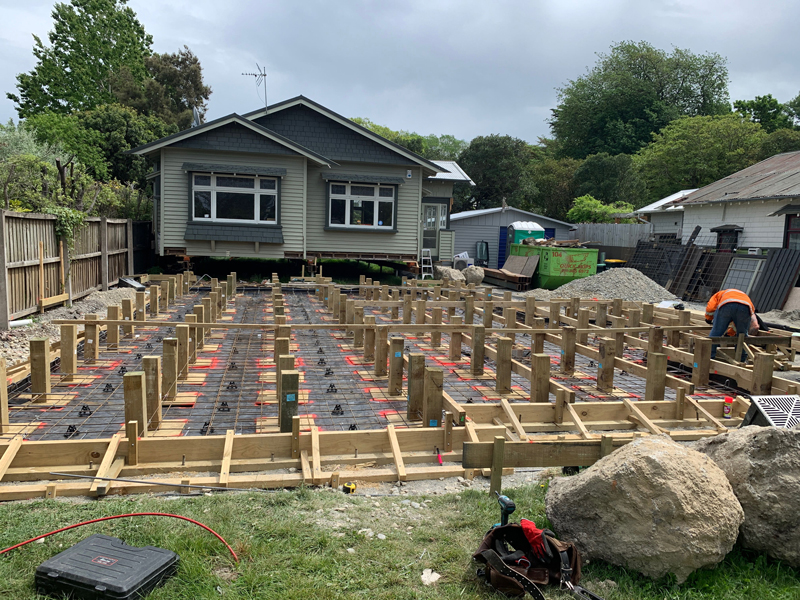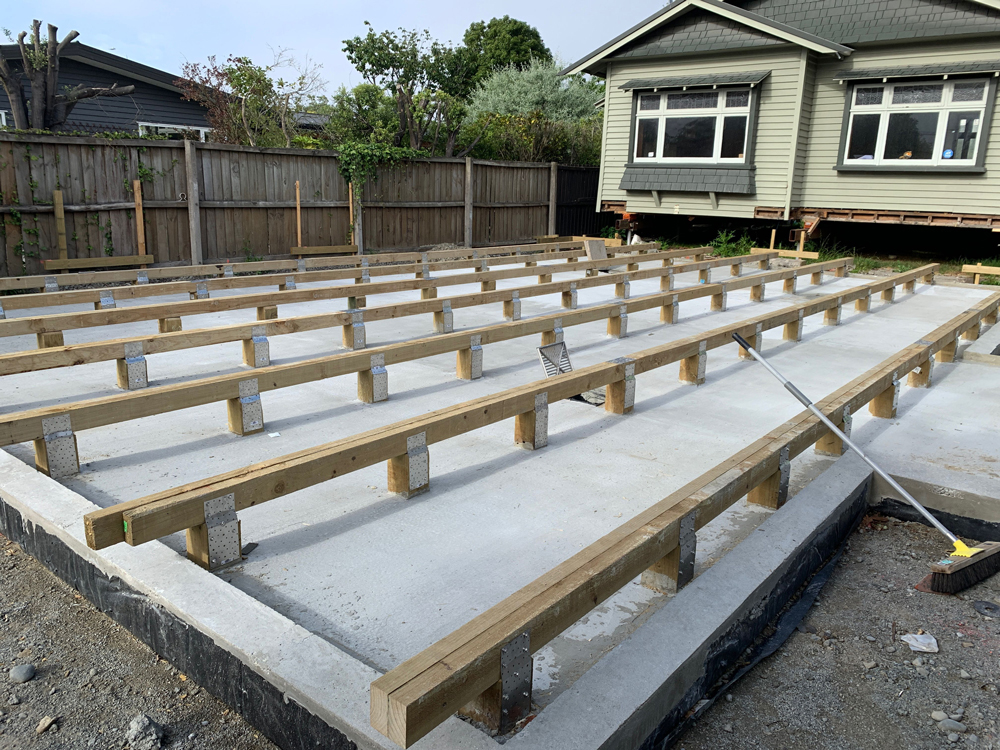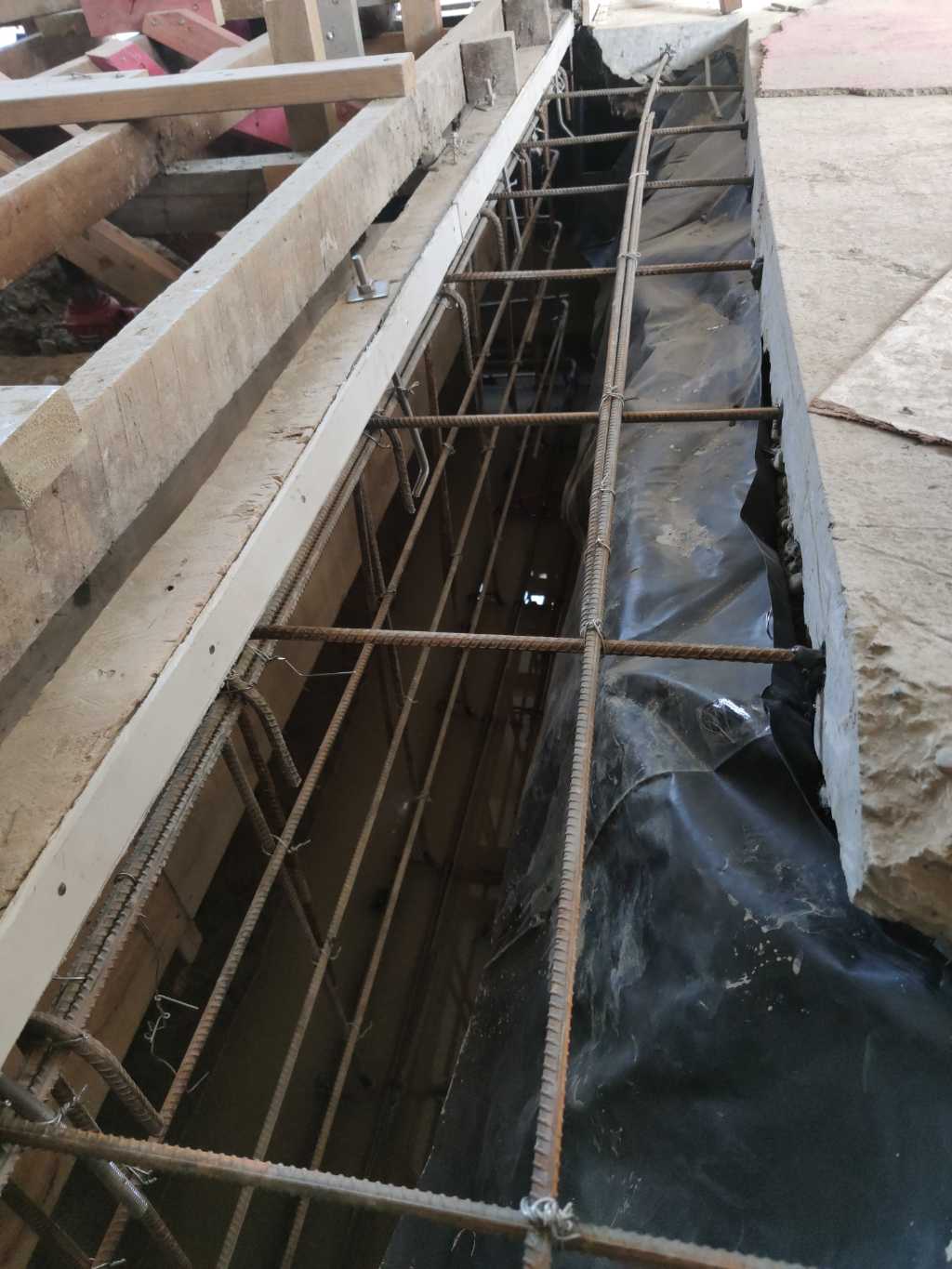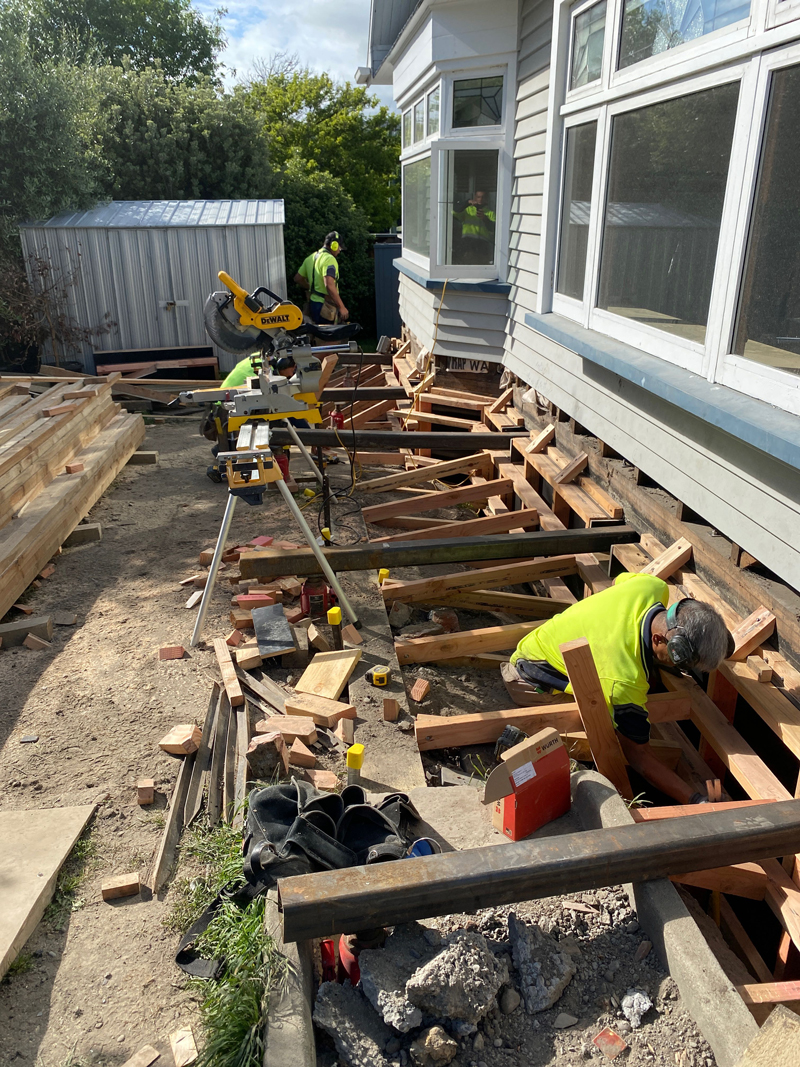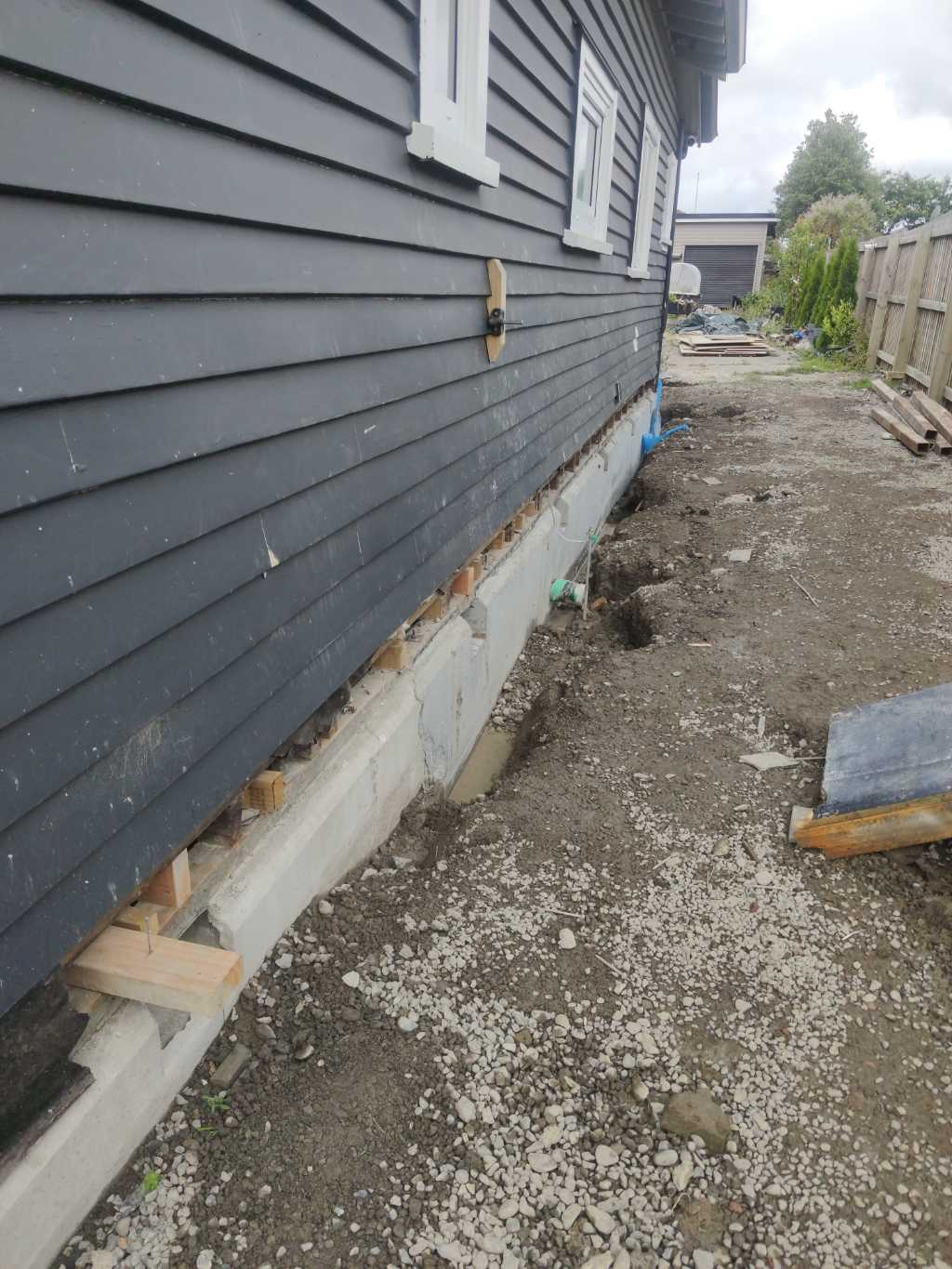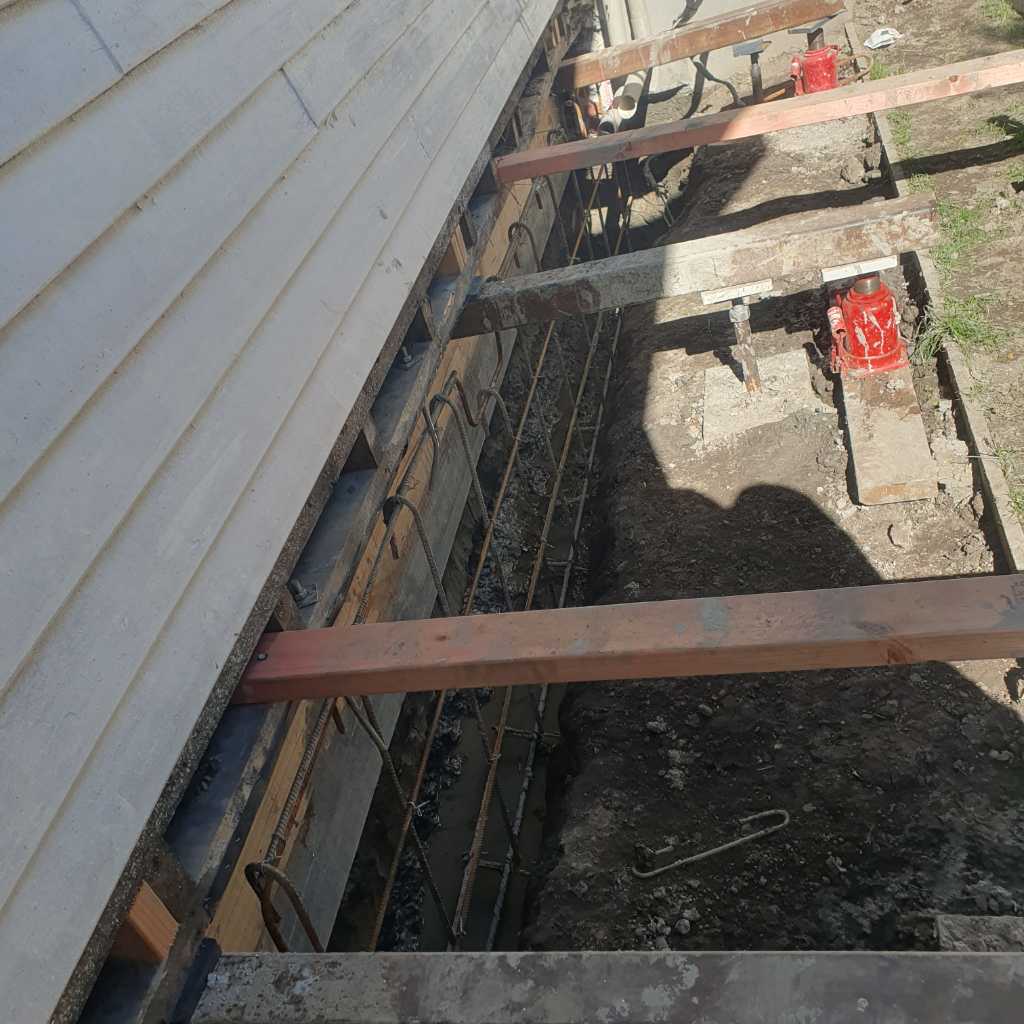Foundation Replacement
Understanding Foundation Replacements
A solid foundation is the backbone of any New Zealand building, providing support and stability that can withstand movement in events such as earthquakes and floods. However, over time, various factors such as soil subsidence, water damage, and structural issues can compromise the integrity of your home's foundation. When signs of foundation damage become apparent, foundation replacement may be necessary to safeguard your property and restore its structural soundness.
Signs of Foundation Damage
Detecting foundation issues early on can prevent further damage from occurring, and the need for more extensive repairs. Look out for the following common signs of foundation damage:
- Cracks in the Walls: Horizontal or vertical cracks on interior or exterior walls of your home or building can indicate foundation settling.
- Uneven Floors: If you notice that your floors are sloping or uneven, it might be due to a compromised foundation.
- Sticking Doors and Windows: Difficulty in opening and closing doors and windows can result from shifts in the foundation.
- Gaps around Doors and Windows: Visible gaps between doors, windows, and their frames could be signs of foundation settlement in your property.
- Bowing or Leaning Walls: Walls that appear to be bowing or leaning inward should not be ignored, as they can signal serious foundation issues.
- Sinking or Settling Foundation: A sinking or settling foundation can lead to significant structural problems if not addressed promptly.
Below you'll see image examples of a slide lift used to shift the house into the rear garden to allow the foundation rebuild. Once completed, the house was slid back and connected to the new foundation. Other photos below are action stations with site-pours utilising concrete pumps and a few in-situ reinforcing installs, pre-concrete pour.
Foundation Cost Consdierations
Foundation replacement costs can vary significantly depending on factors such as the size of the structure, the extent of the damage, and the location. While it may seem like a significant investment, timely foundation replacement can prevent more extensive and costly repairs in the future. Our team will talk you through all options, including possible repair strategies.
Experience and Expertise
Wrightway has a proven track record in foundation replacement and repair being heavily involved in the Canterbury rebuild since 2011, and Auckland's flood reinstatement work. We're fully insured and qualified and have worked alongside government departments and insurance companies, so we know how to get fast, effective results in most situations.
Foundation Replacement Process

Foundation Replacements - How It Works.
Foundation replacement is a complex and labor-intensive process that requires professional expertise. Here's an overview of the typical steps involved when working with Wrightway Construction after you first connect with our company.

Foundation Assessment
A qualified foundation specialist from our Wrightway team will conduct a thorough inspection to assess the extent of the damage and determine if replacement is necessary, and if not, talk you through the foundation repair options you have.

Engineers
During the assessment, our specialists may undertake a floor level survey which is likely to lead to assigning a structural engineer for an additional report. Wrightway will then factor the results into a repair or replacement strategy for your approval.

Site Preparation
The area around the foundation will be cleared, and utilities such as gas, water, and electricity will be temporarily disconnected for safety reasons.

Excavation
The damaged foundation will be excavated and removed, taking care not to damage the surrounding structures. This is a messy process, so it's best to stay off-site during this process for your own safety.

Foundation Pouring
A new concrete slab is poured to create a new, sturdy foundation that meets the New Zealand building codes and regulations.

Curing Period
Your new foundation now needs time to cure and gain strength before any weight is placed onto it.

Reconnection of Utilities
Once the foundation has cured, utilities are reconnected, and the area is backfilled.

Final Inspection
Local councils will inspect the new foundation to ensure it meets safety standards and regulations.


